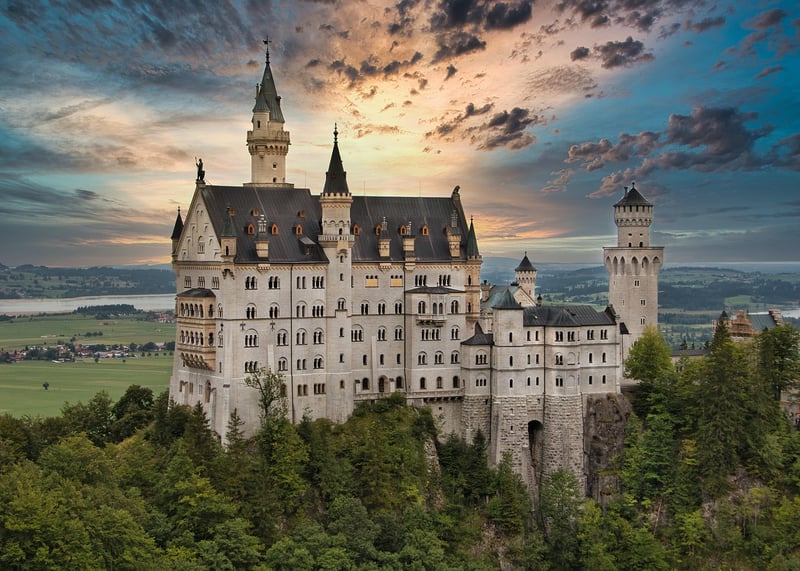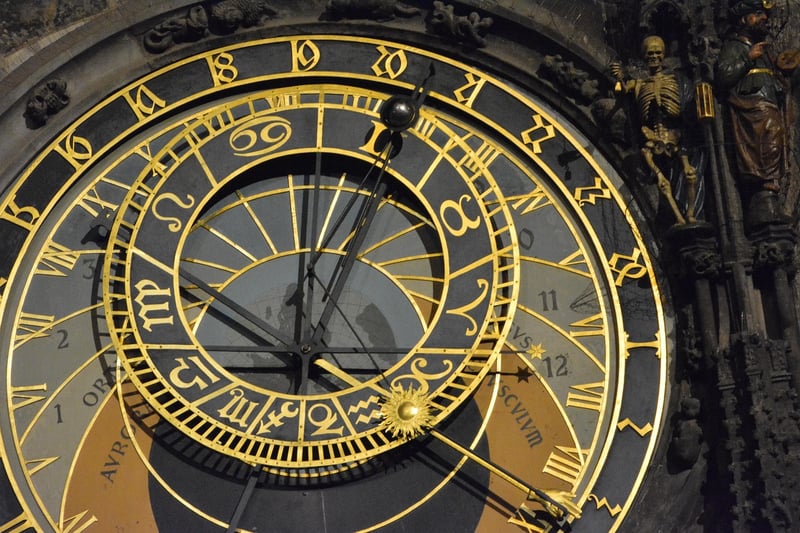Medieval Times
Exploring Different Historical Periods: Medieval Times
Ancient Civilizations
Before diving into the medieval period, it's essential to understand the ancient civilizations that laid the foundation for the Middle Ages. From the powerful Egyptians to the innovative Greeks and the organized Romans, each era contributed to shaping the world we know today.
The Dark Ages
Following the fall of the Roman Empire, Europe entered a period often referred to as the Dark Ages. This era was characterized by political instability, limited cultural achievements, and a focus on survival rather than advancement.
The Medieval Period
Spanning roughly from the 5th to the 15th century, the medieval period was a time of knights, castles, and feudalism. It witnessed significant developments in art, architecture, and religion, with events like the Crusades leaving a lasting impact on history.
Key Aspects of Medieval Life
- Feudal System
- Chivalry and Knights
- Medieval Castles
- The Black Death
- The Magna Carta
Medieval Art and Culture
Medieval art was heavily influenced by religion, with intricate manuscripts, stained glass windows, and grand cathedrals showcasing the talent of the era's artisans. Literature flourished with epic poems like Beowulf and Dante's Divine Comedy.
Medieval Warfare
Knights in shining armor, siege warfare, and epic battles defined medieval warfare. Castles played a crucial role in defense strategies, and the development of weapons like the longbow revolutionized combat tactics.
Legacy of the Medieval Period
While the medieval period eventually gave way to the Renaissance, its impact on society, governance, and culture endured. The legacy of this fascinating era can still be seen in modern institutions, traditions, and literature.

Exploring medieval times offers a glimpse into a world of knights, kings, and peasants, where honor and bravery were celebrated, and life was a blend of hardship and glory.
Embark on a journey through history and uncover the mysteries and marvels of the medieval period!
